Wat Phra Kaew or the Temple of the Emerald Buddha is the royal monastery situated on the north-eastern corner of the Grand Palace in Bangkok. Officially named Wat Phra Si Rattana Satsadaram, which means "the residence of the Holy Jewel Buddha", it is regarded as the Thailand’s most sacred Buddhist temple. Wat Phra Kaew is located on Na Phra Lan Road in Phra Nakhon District, in the heart of historic centre of Bangkok. Construction of the temple, and Grand Palace complex, began in 1782 when King Rama I decided to move the capital of Siam Kingdom across the Chao Phraya River, from Thonburi to an area on the east riverside known as Rattanakosin Island. Wat Phra Kaew was completed in 1784. Its Phra Ubosot, the temple's main edifice, houses the statue of Phra Phuttha Maha Mani Rattana Patimakon, the most sacred and revered Buddha's image in the Kingdom. Also known as Phra Kaew Morakot or the Emerald Buddha, it is a powerful religious-political symbol for all Thai people and is considered the palladium of the Kingdom of Thailand. The small dark green statue of Buddha, 48.3 cm across the base and 66 in height, stands in meditating posture, in the Lanna style of the northern Thailand, in the centre of ordination hall. Clothed in gold, it lies amid gold-gilded sculptures, rich ornaments, and fresco paintings, depicting a number of events in the Life of the Lord Buddha, including birth, death and Enlightenment. Although originally believed to be made from emerald, it is actually carved from a single perfect green jade, or perhaps jasper. Except for the HM the King of Thailand and, in his stead, the Crown Prince, no other persons are allowed to touch the statue. It is the King itself who changes the cloak around the statue three times a year at the changing of the seasons, summer, rainy season and cool season, an important ritual performed to usher good fortune to the country during each season.
History of Emerald Buddha. It is not known when and where the statue of the Emerald Buddha was carved. There are several contradictory theories, some of which cross the border between history and legend. None of these theories can be firmly established as none of the historians could get a close look at the statue. According to some historians it was crafted in 14th century in northern Thailand. However, other historians claims that the statue was carved in 43 BC by a Indian saint named Nagasena in the city of Pataliputra, today's Patna in India, and later was later transferred by ship to Sri Lanka. In a subsequent transfer, probably towards Burma, the ship lost its way in a storm during the return voyage and landed in territories occupied by the Khmer and brought to Angor Wat in Cambodia. When the Thais captured Angkor Wat in 1432, the Emerald Buddha was transported to Sri Ayudhaya, the ancient capital of Siam, Lawo, the present Lopburi, Kamphaeng Phet, and finally in Chiang Rai, where the ruler of the city hid it until it was found in 1434 inside a chedi in the Wat Pa Yeah, later renamed Wat Phra Kaew. According to legend, a lightning struck the octagonal chedi in the temple and allowed the discovery of the Buddha image covered with stucco. The statue was then placed in the abbot's residence, who later noticed that stucco on the nose had flaked off, revealing a green figure inside. The abbot removed all the stucco and found a Buddha image made of a green semi-precious stone, which became known as Phra Kaew Morakot or the Emerald Buddha. After its discovery in 1434, its history is more certain. The holy statue was moved first to Lampang and Chiang Mai and then to Luang Prabang and Vientiane in Laos for 225 years, where it remained until 1778 when General Taksin captured Vientiane and, once he become King, moved it first in Thonburi, the first capital of Siam, and then to its current location in the March 22, 1784.
Admission fee & Opening hours: Wat Phra Kaew is open daily from 8:30 to 15:30. Admission costs 500 THB, and includes access to the Grand Palace, The Royal Thai Decoration & Coins Pavilion and the Museum of Textiles Queen Sirikit, which are within the Grand Palace, and the Vimanmek Mansion Museum in Ratchawithi Road. Please note: to visit Wat Phra Kaew and the Grand Palace are required dress appropriately, in other words no leggings, flip flops or open sandals, skirts or shorts for both men and women; for those without adequate clothing to the gate there are long pants and long-sleeved shirts to rent.
Getting there: From Bangkok's downtown the best way to reach the temple is to use a taxi, unfortunately there are not stations of SkyTrain or Subway in the immediate vicinity. A simple and pleasant alternative is to use the Skytrain up to Saphan Taksin station of Silom Line, then walk until the Sathorn Pier and from there take a Chao Phraya boat until the Chang Pier, which is at a short walking distance from the entrance.Read More



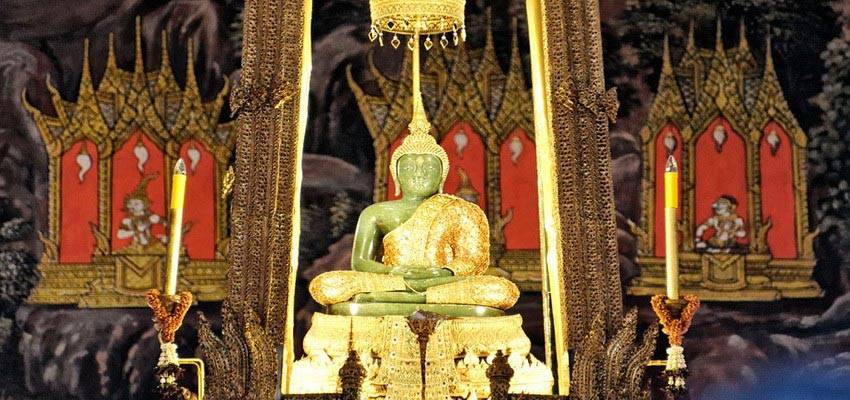
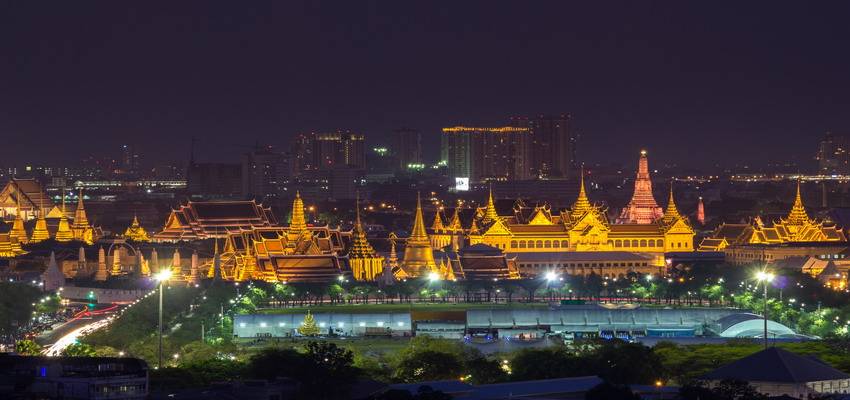
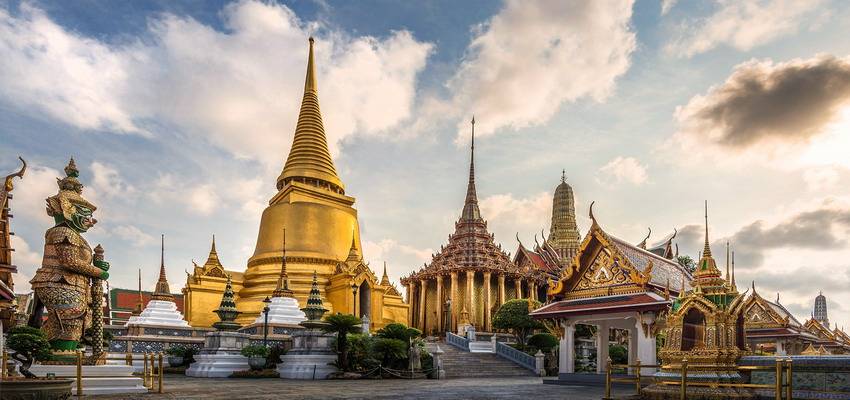
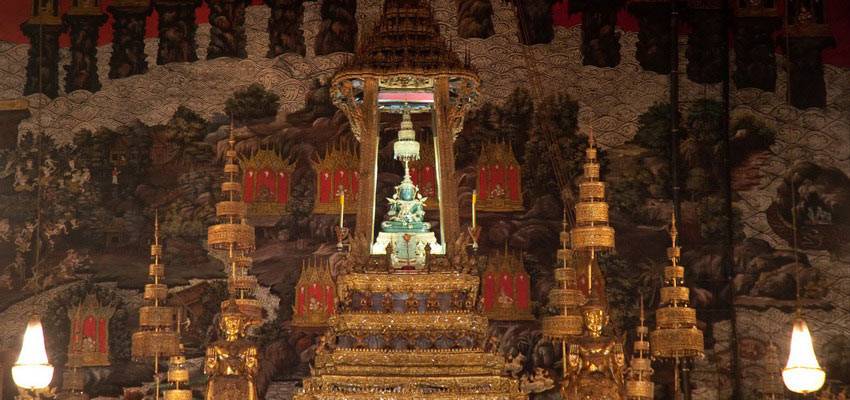
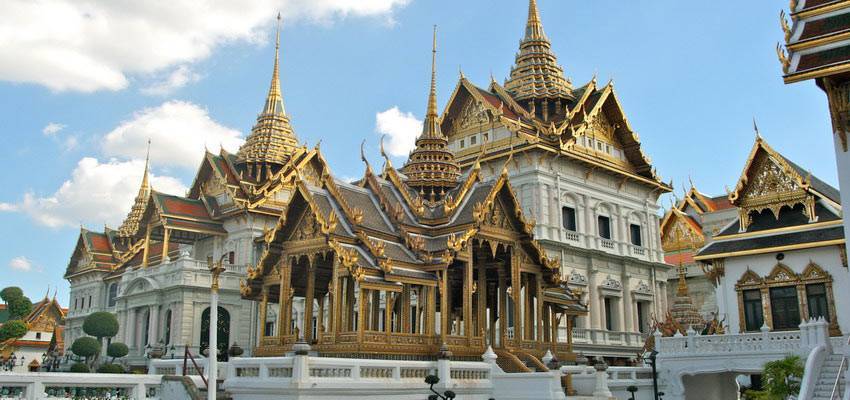
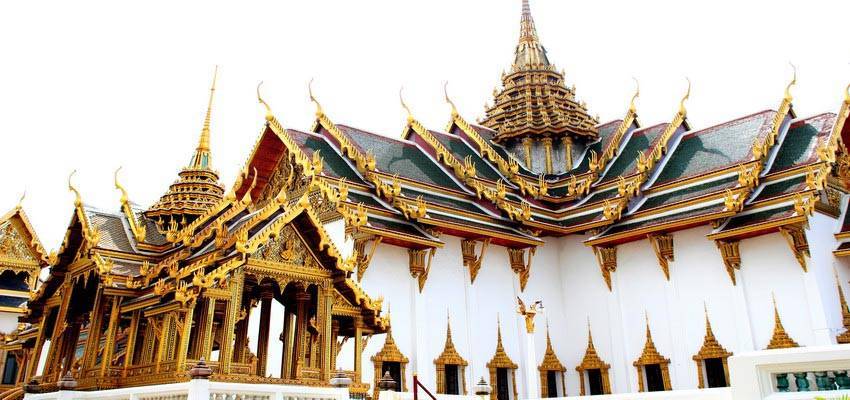
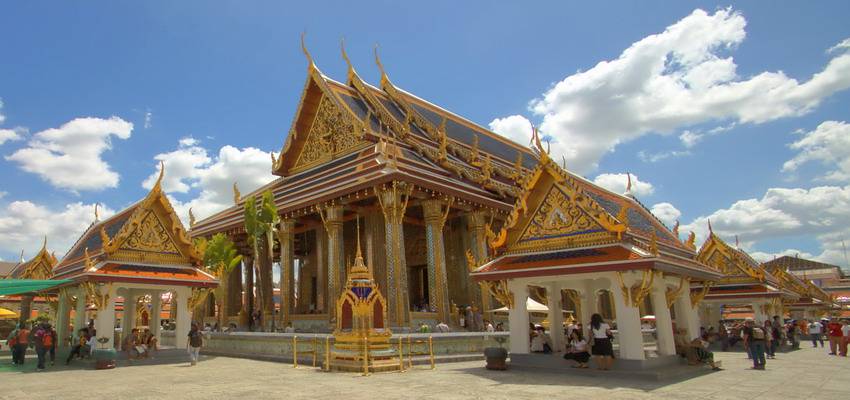
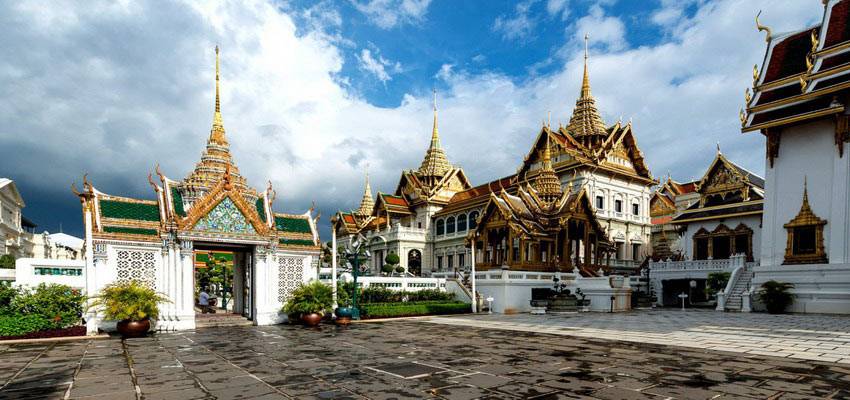
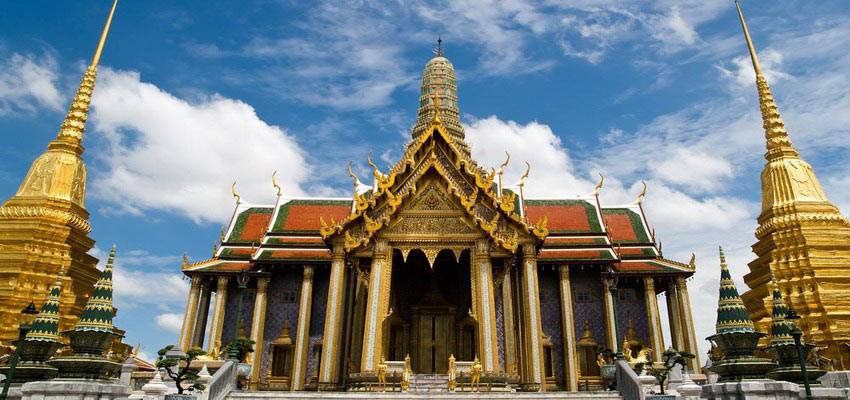


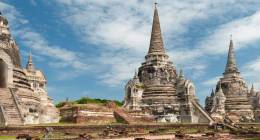
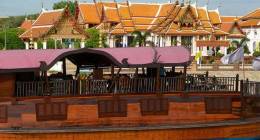
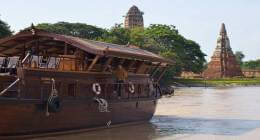
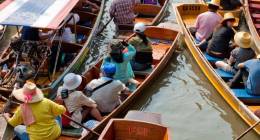

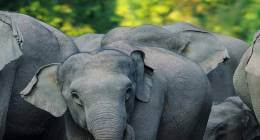
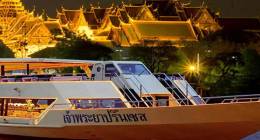
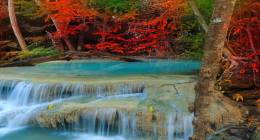
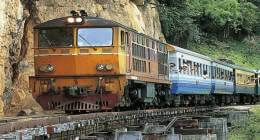
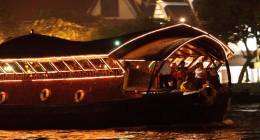
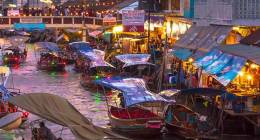
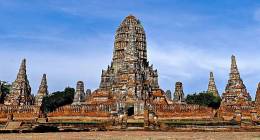
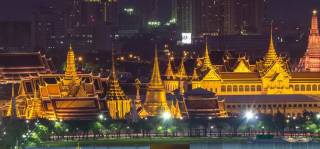
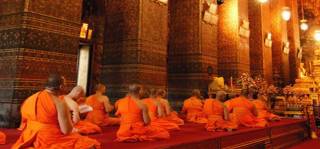
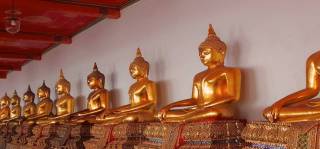
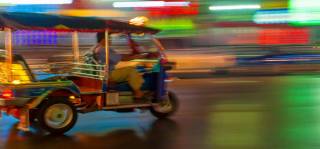
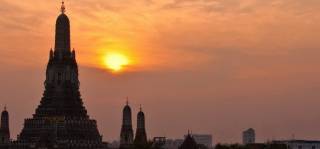
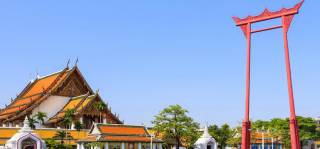
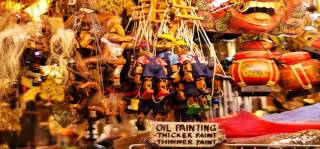
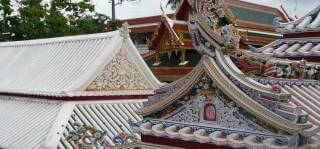
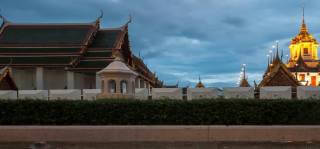
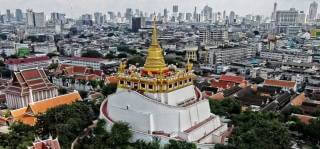
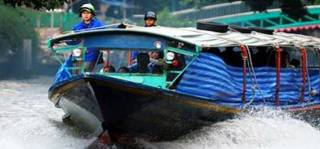
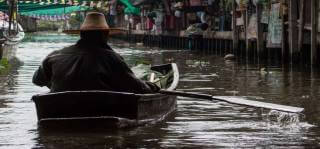
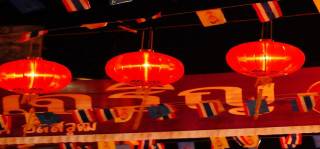
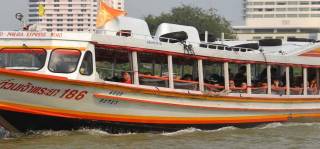
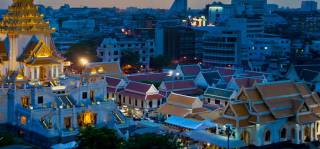
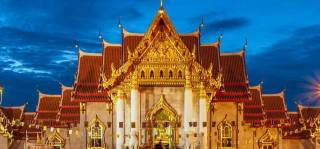
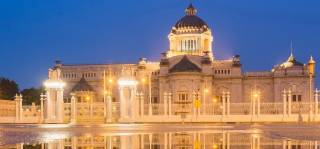
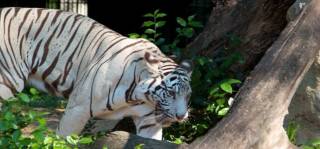
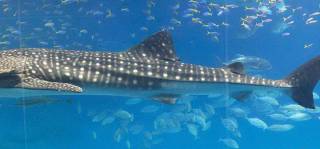
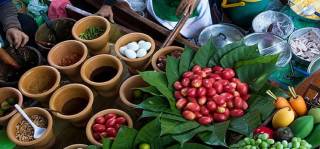
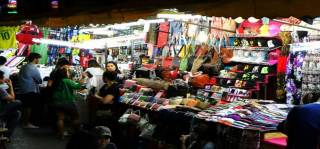
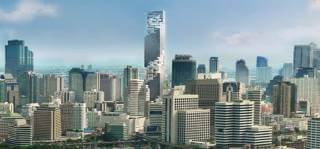
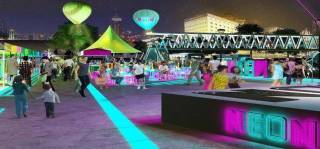
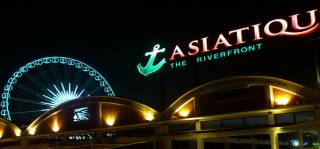
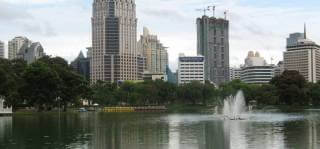
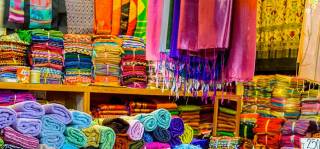

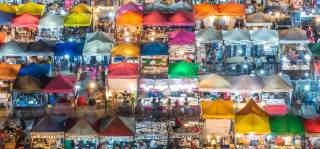
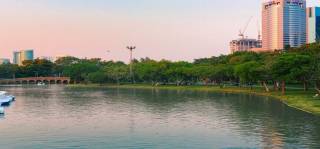

Reviews of Wat Phra Kaew Bangkok ()
Leave Your Opinion Out of concern for your satisfaction and in order to fulfill your expectations, we have created a place for your opinions.